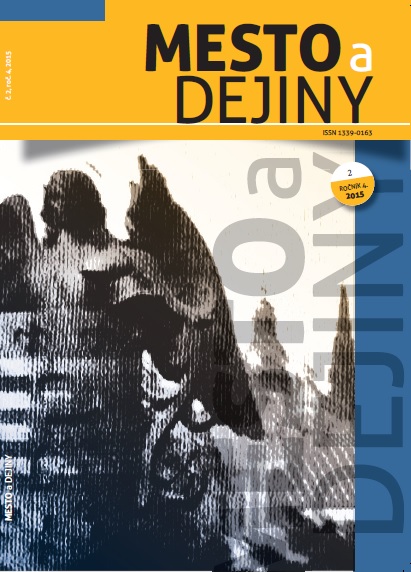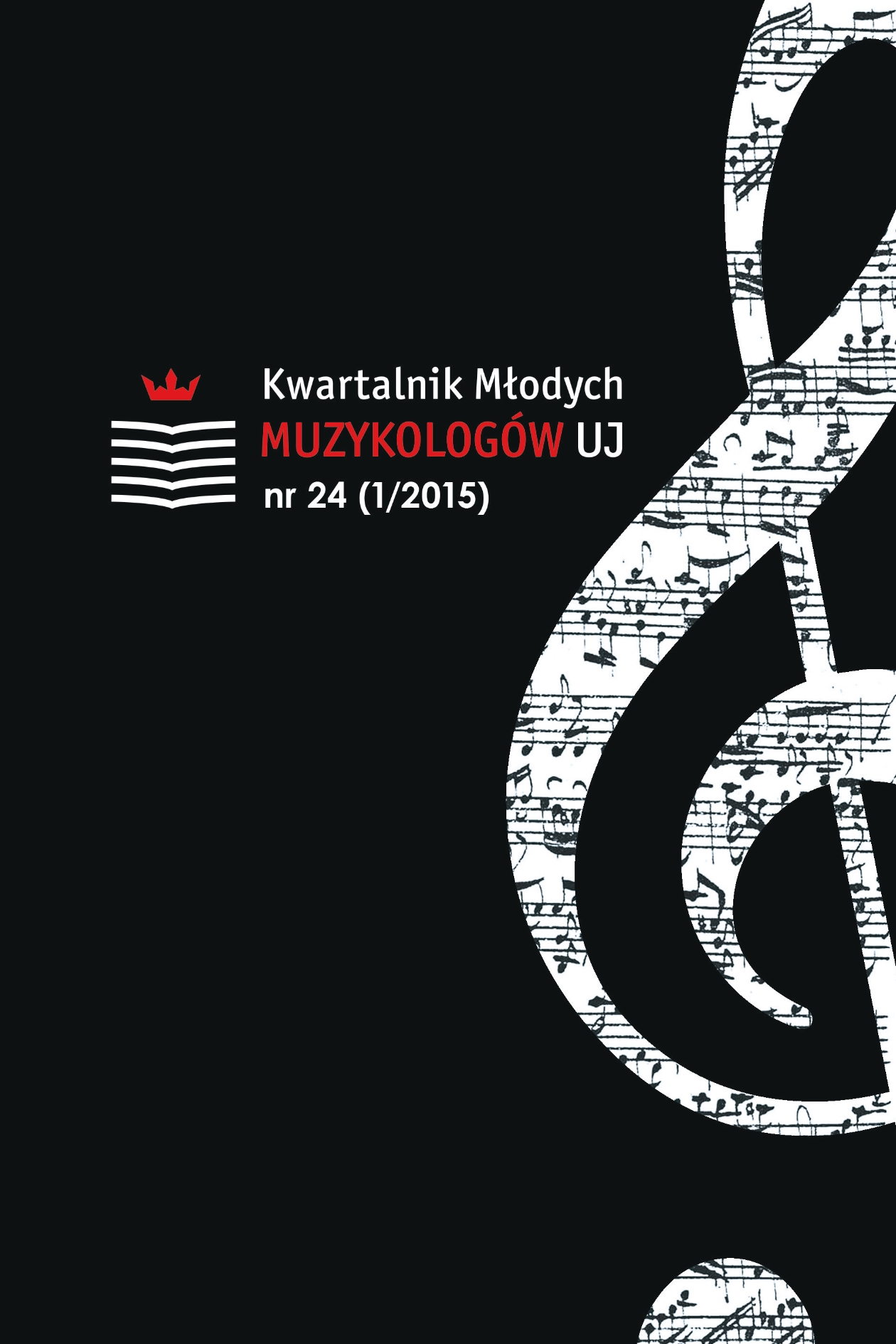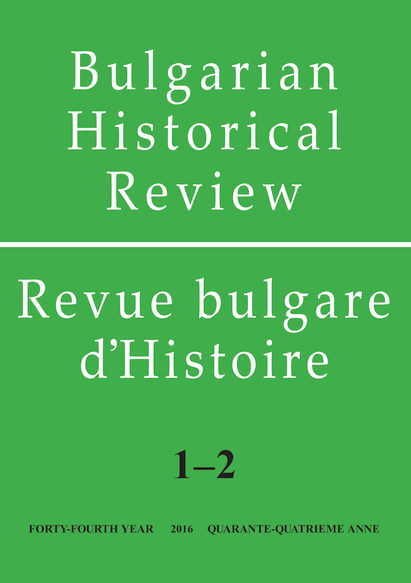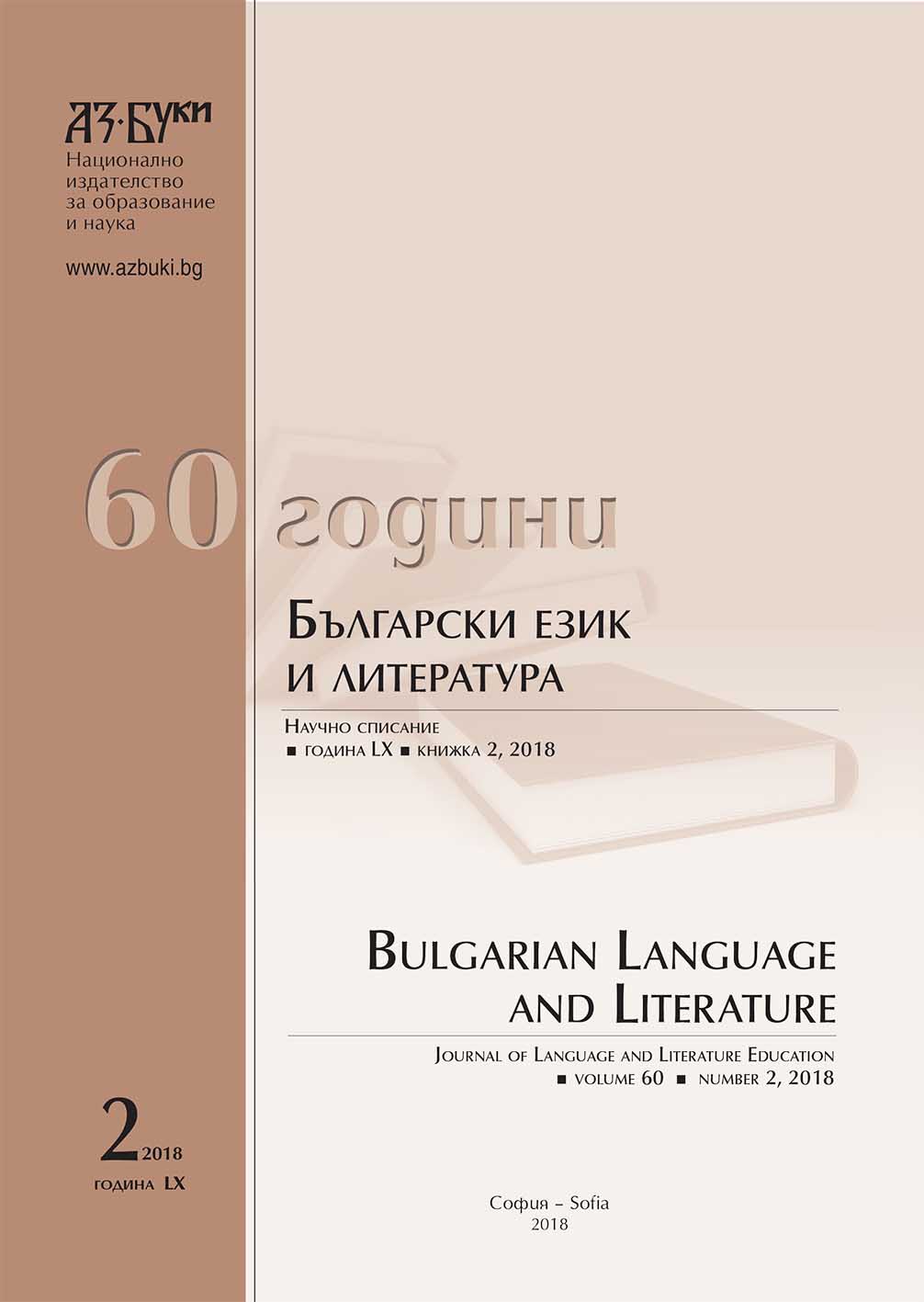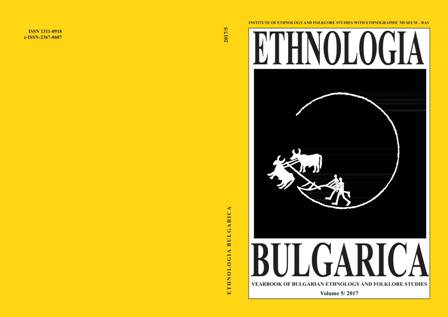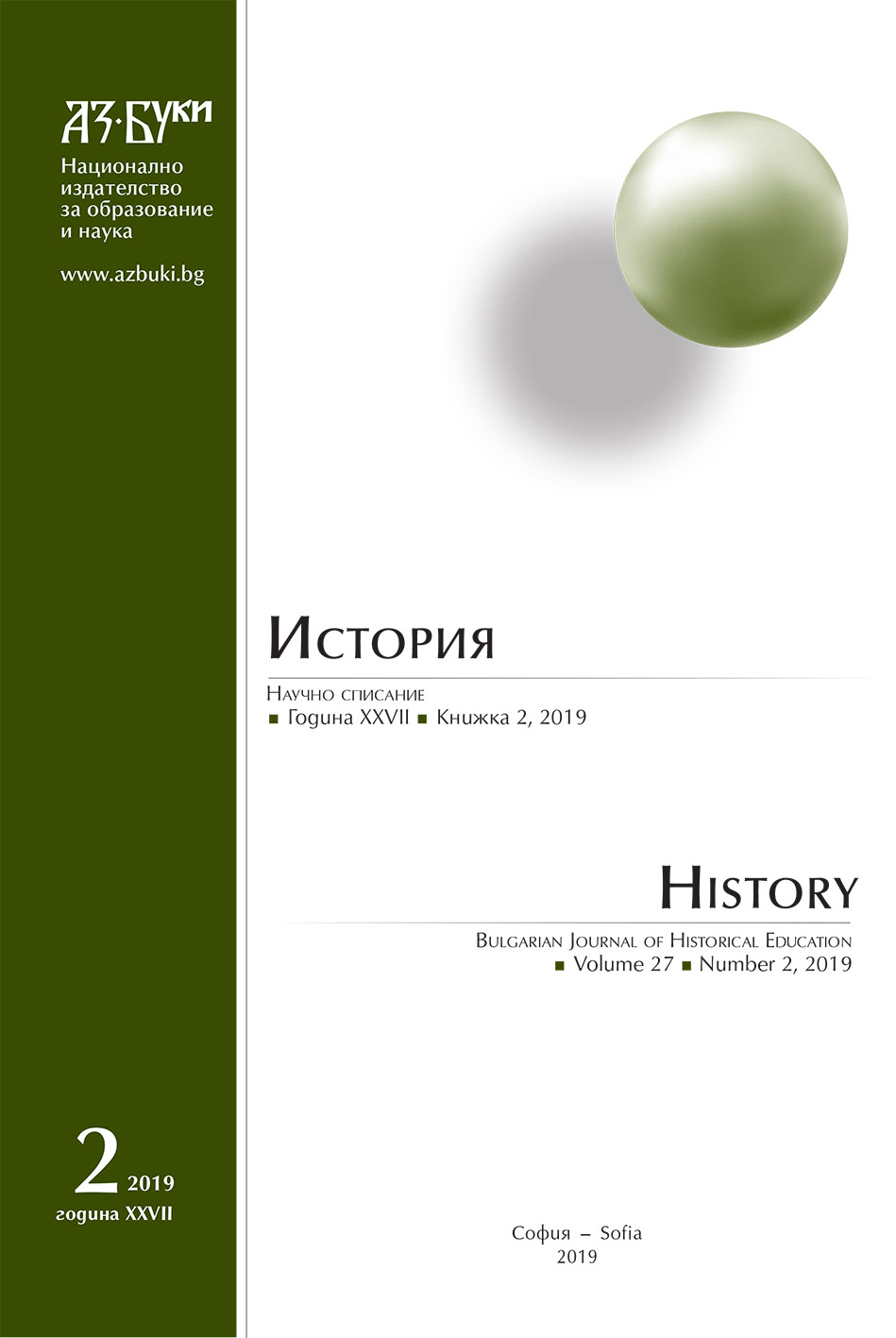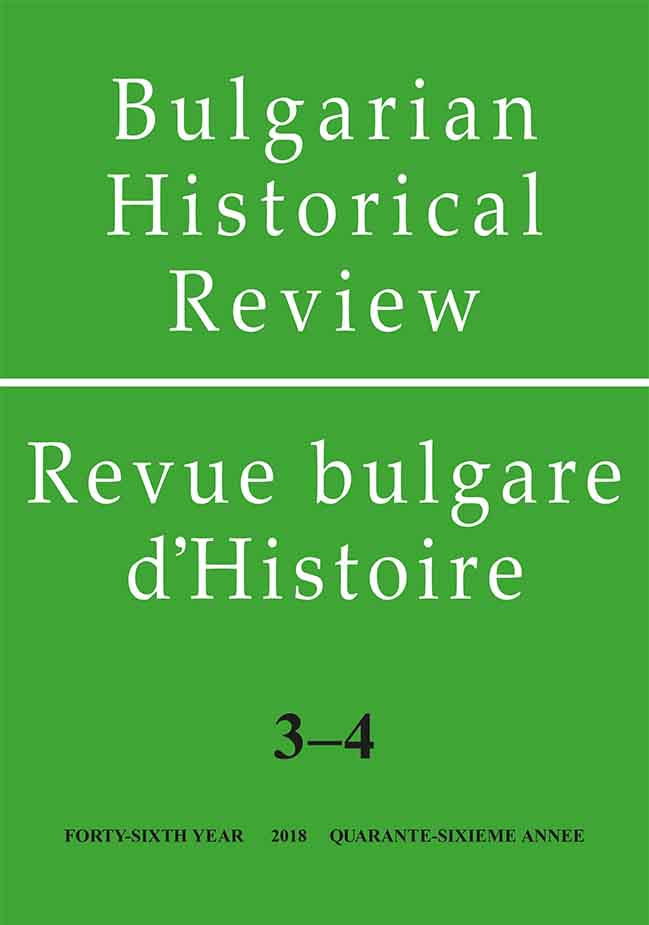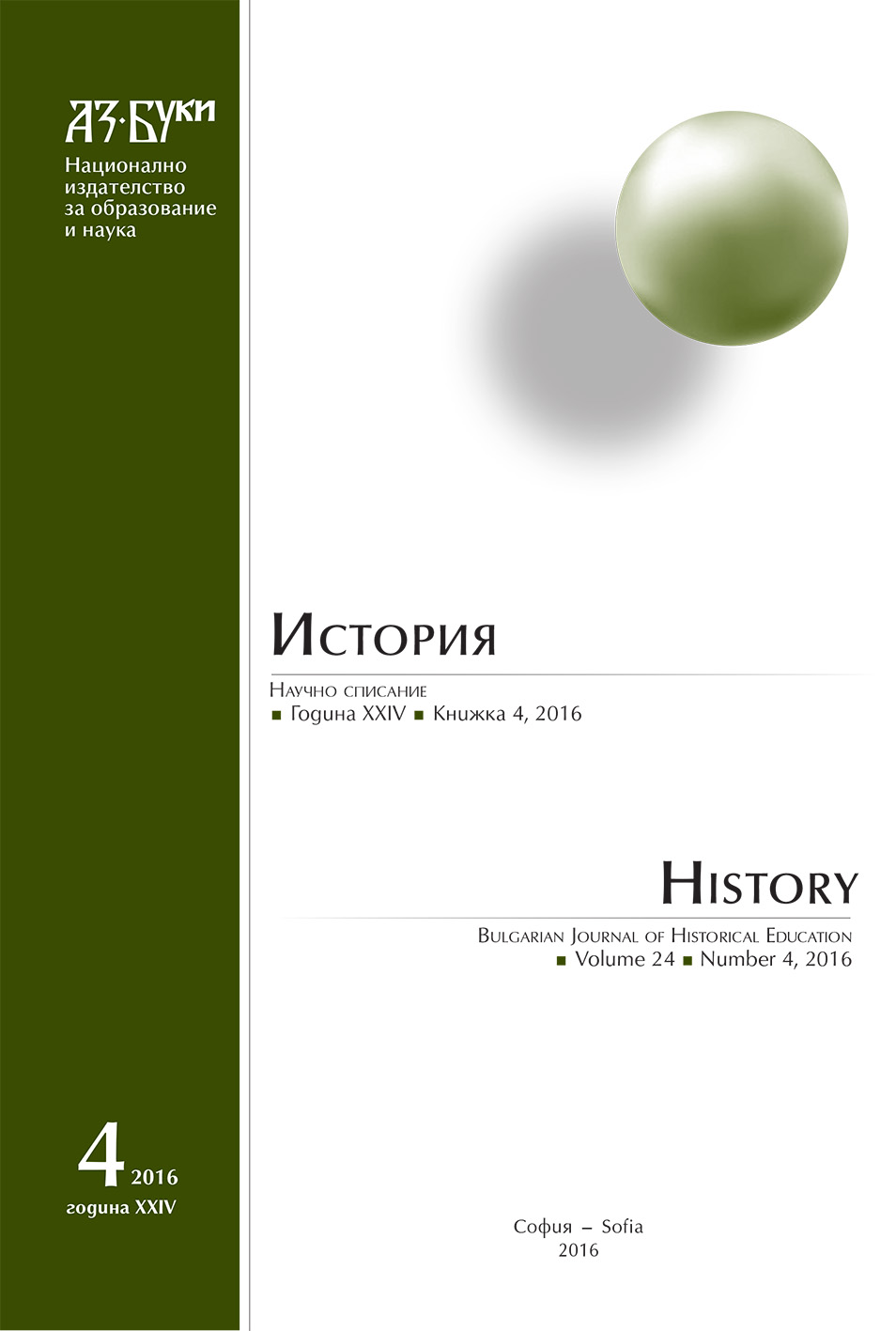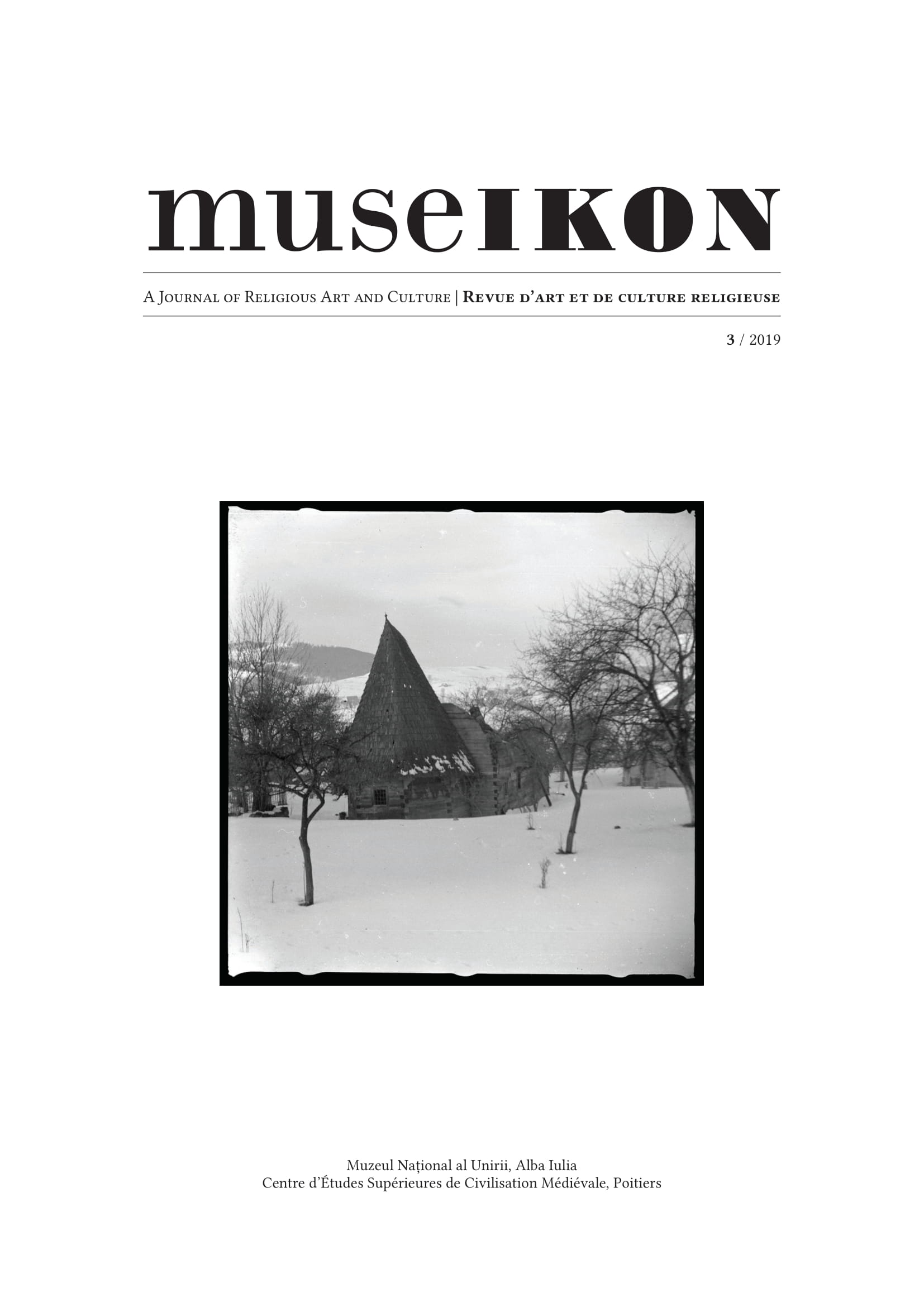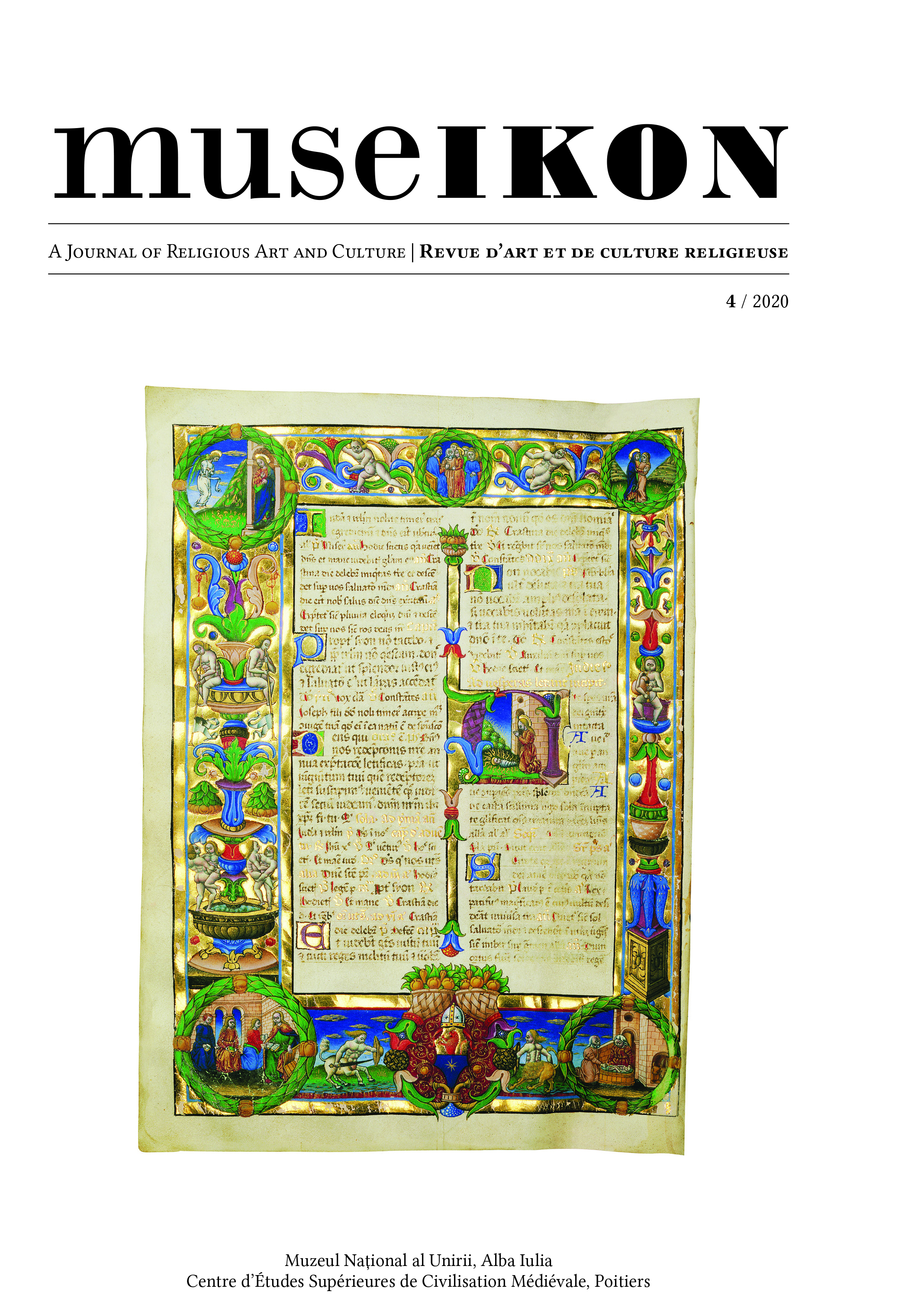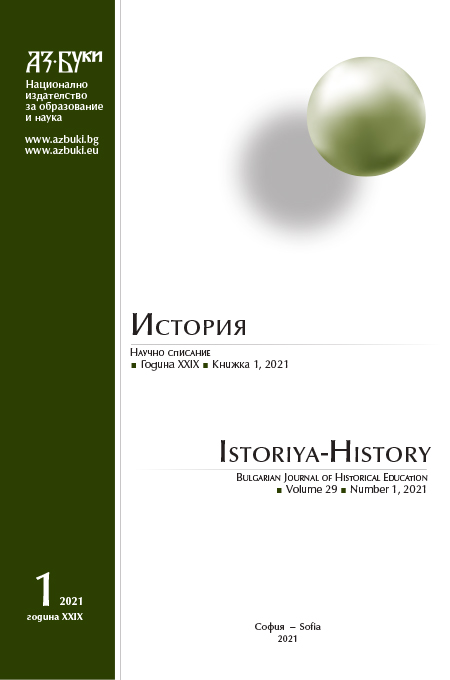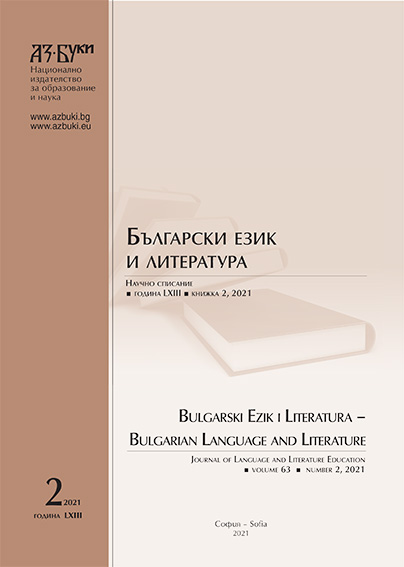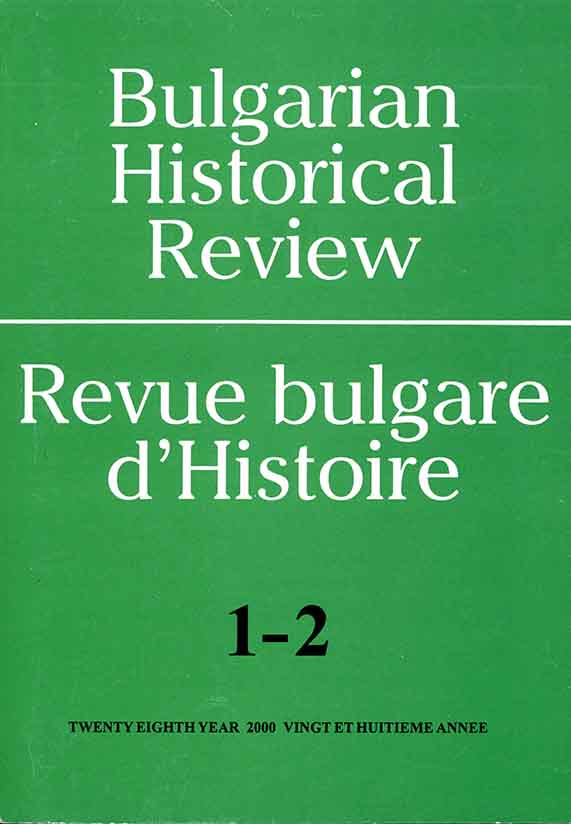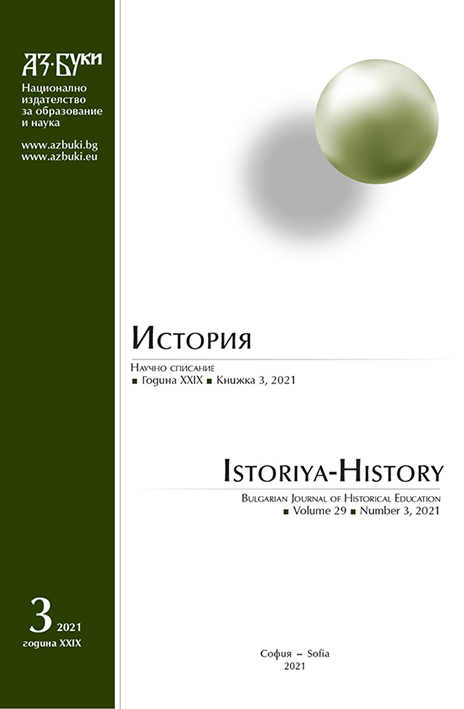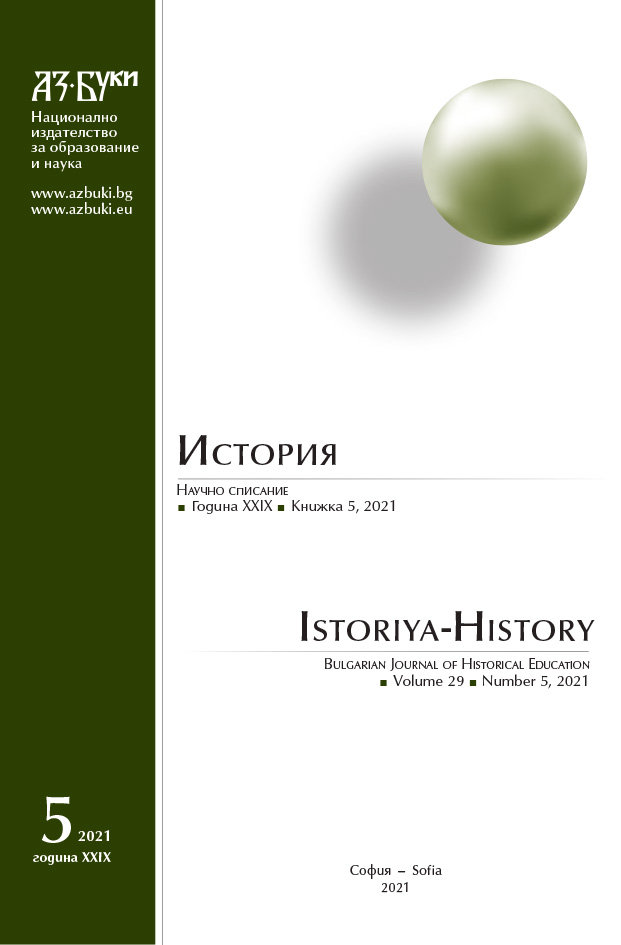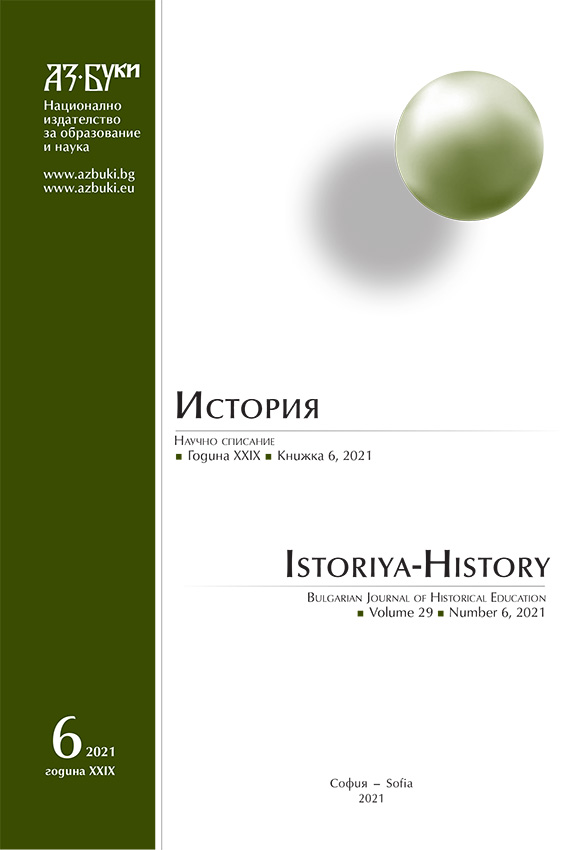Author(s): Ana-Maria Gânsac,Ágnes Korondi,Catherine Mary MacRobert,Cinzia Pignatelli,Cosmin Popa-Gorjanu,Christelle Chaillou-Amadieu,Emanuel Conțac,Eduard Rusu,Hana Kreisingerová,Ileana Sasu,Iosif Camară,Kateřina Voleková,Mădălina Ungureanu,Vladimir Agrigoroaei / Language(s): English
Issue: 3/2019
Following in the footsteps of the two conferences of Poi-tiers (Heresy and Bible translation in the Middle Ages and at the dawn of the Renaissance, October 27, 2017, Centre d’Études Supérieures de Civilisation Médiévale) and Alba Iulia (Vernacular Psalters and the Early Rise of Linguistic Identities, June 27-28, 2018, Museikon), the nucleus of researchers already collaborating in a previous Museikon pu-blication (Vernacular Psalters and the Early Rise of Linguis-tic Identities: The Romanian Case, Bucharest, dark Publi-shing / Muzeul Național al Unirii Alba Iulia, ‘Museikon Stu-dies’, 1, 2019) decided to expand the scope of their commoneffort and see how a comparative philological approach would work on a practical level. The idea of this collective research and paper came naturally in the early stages of thepreparation of a future project dealing with a comparativeapproach of vernacular Psalters and Gospels both in rela-tion to their high-prestige Greek, Latin, or Church Slavonicsources, and at an intravernacular level, where some of them could have influenced the others. The comparisons bet-ween vernacular translations are useful for the identification of translation clusters active in several languages and for the reconstruction of a pan-European forma mentis which shaped the early vernacular renderings of the Bible.The present paper is also an editorial test. While experi-menting with format, the contributors equally tested how common publications such as this may be replicated in thenear future, in a journal dedicated only to a comparativephilological study of early Bible translations. The current subject (musical instruments terminology) was chosen in order to provide a representative prospective section ofThe Musical Instruments in the Early Vernacularagakcmmcpcpgccaecerhkisickvmuvathe entire corpus. New collaborators were invited to join inand contribute to the exploration of the more difficultaspects of the study, thus anticipating the opening of philology to a wider array of disciplines, according to the needs of the explored realia. Since the topic is far from being exhausted and since many European languages are not yet dealt with, the study will be continued in the next issue of Museikon.
More...
